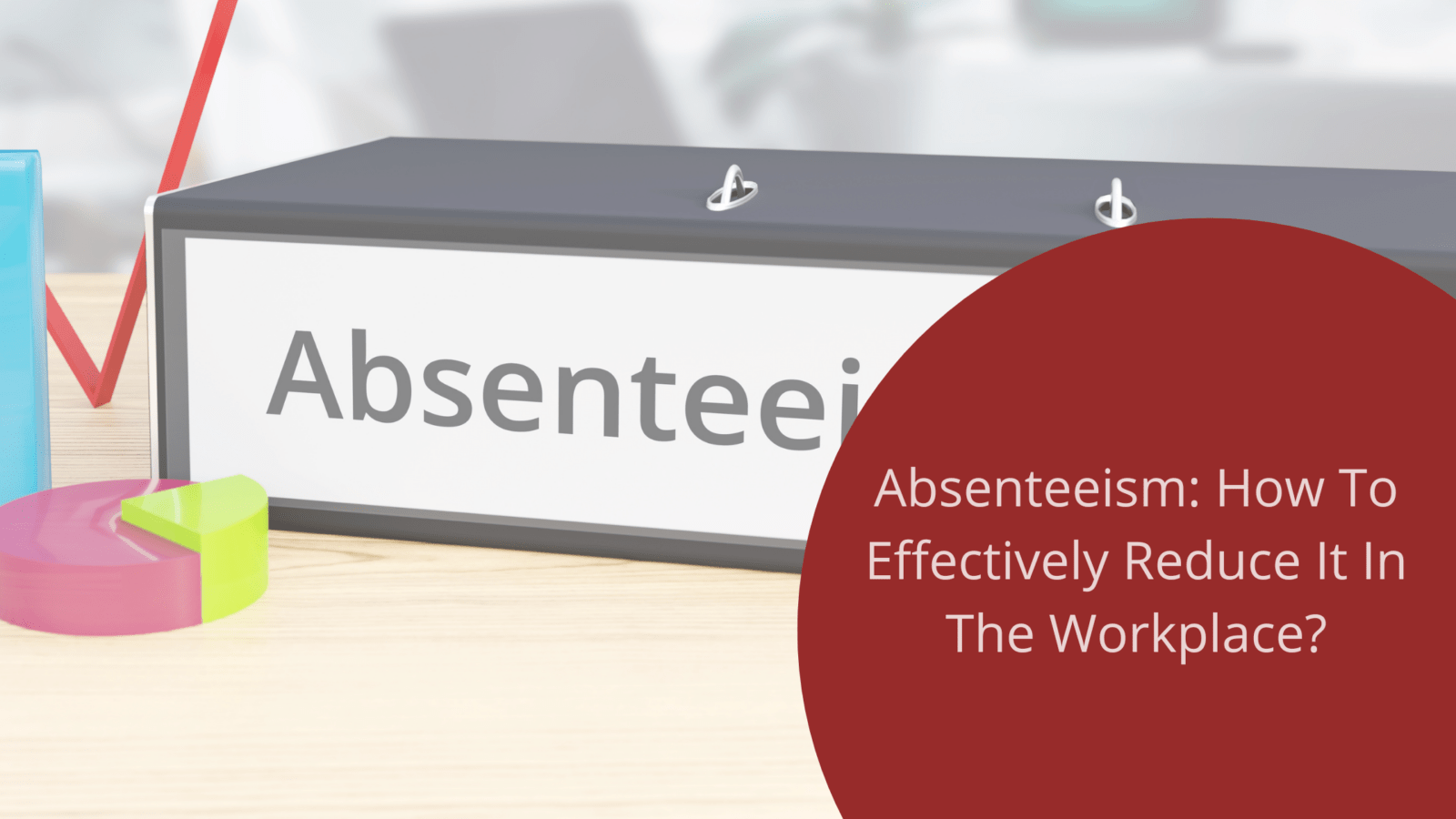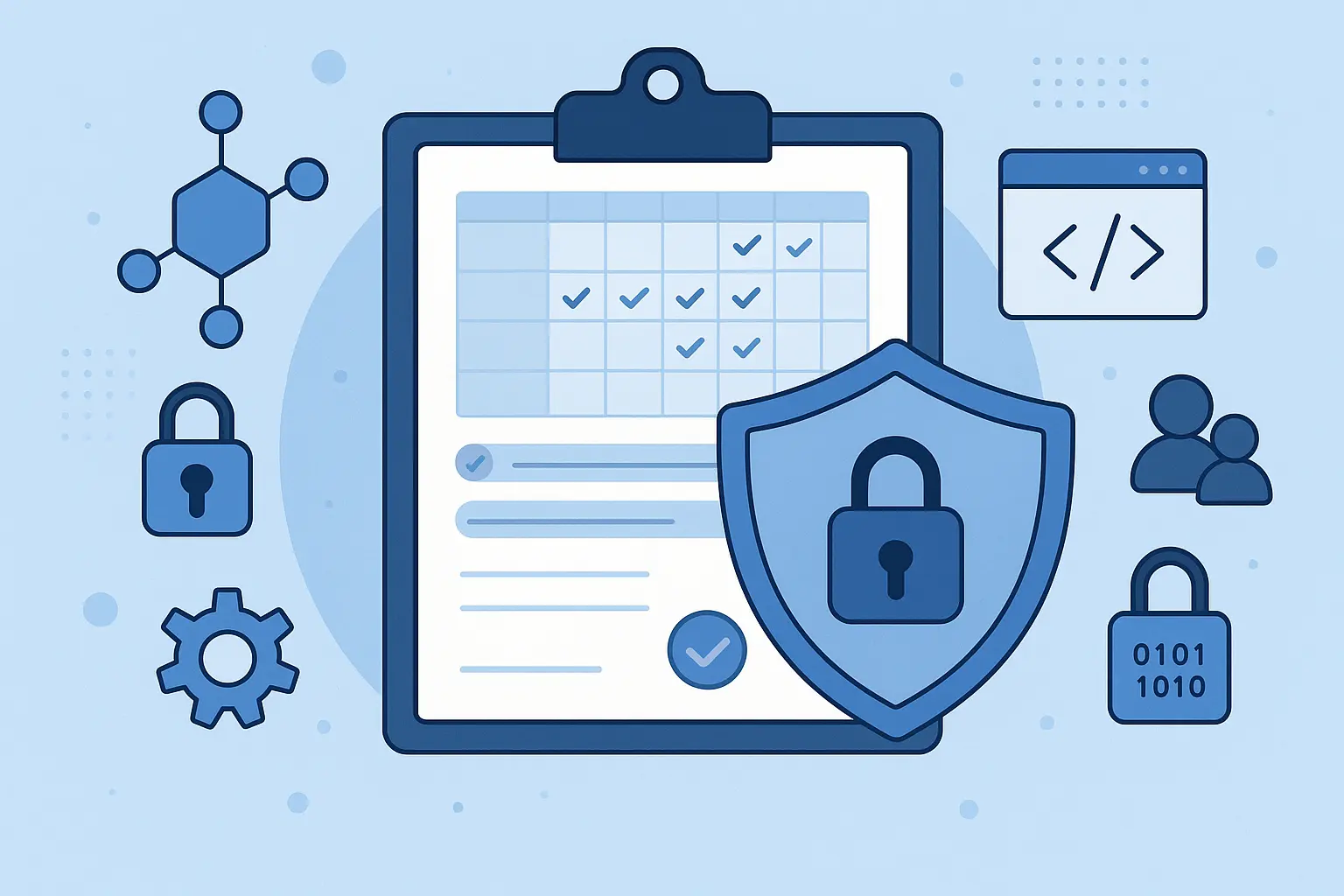In January 2022, around 7.8 million workers in the US missed work due to illness. Absenteeism is a huge concern for businesses, becoming a drain on resources and putting your brand’s reputation at risk. Yet sick days are unavoidable, even among the healthiest of your team! So how do you stop your company from bleeding money? While you’ll never be able to stem the flow completely, there are ways to reduce the losses you face and keep your staff at work, helping your business thrive.
What Is Absenteeism?
Absenteeism and sick days aren’t quite the same. Sick days are a normal part of work life, with most employees having at least a few a year. Allowing your employees to have time off for sickness is a must for creating a positive work environment and securing top talent. Absenteeism, on the other hand, is more extreme, with staff off sick for long periods of time or very frequently without a good reason.
To prevent employees from taking too much time off sick, companies will have strategies in place to deal with absenteeism.
Understand The Focus Of Absence Management
Absence management isn’t designed to prevent those with legitimate illnesses from taking extended periods of time off but to stop others from taking advantage of sick days. It’s also not a restrictive strategy. Rather than preventing employees from sick days, your focus should be on creating an environment where extended time off isn’t appealing. Concentrate on:
- Improving employee well-being
- Creating a desirable work environment
- Reducing costs associated with absenteeism
However, you do also need steps in place to deal with staff who have extended periods of time off. This is where a well-rounded strategy comes into play.
Key Steps To Reduce Absenteeism In The Workplace
To cut down on absenteeism in your workplace, there are key steps you can take. Start with preventative measures that are designed to keep sick days to a minimum.
Embrace Flexible And Remote Work
It’s well-known that working from home leads to fewer sick days, with staff finding it easier to log on and stay productive if they can work in their PJs. By embracing flexible schedules in which staff can work when they want, where they want, as long as they complete their to-do lists, you could see a large drop in absenteeism. From mental health to colds, staff will be far more inclined to get the job done despite feeling a little off if they don’t have to leave their home.
Prioritize Staff Well-Being
In the modern age, well-being should be a key focus of every company. Staff want to work for businesses that look out for them, and you’re far more likely to score top talent if you take care of your employees. This is also a great way to reduce absenteeism and sick days in general.
Prioritizing well-being can entail emphasizing the importance of a healthy diet and regular exercise, as well as working from home when you’re ill to reduce the spread of sickness. You can streamline both of these elements thanks to services that offer up healthy prepped meals at your doorstep. That way your well-being plan will cater to remote team members. It should also include comprehensive mental health support. Your senior staff should be trained on how to help employees who come to them with mental illnesses, directing them to centers that specialise in treating depression and other mental health conditions, creating plans to make work easier for them.
Create A Collaborative Team
Every staff member should feel valued and needed by your company. By encouraging a collaborative, engaged team that functions as a group, your employees will understand the impact of their absenteeism. They’ll also feel happier going to work if you’ve created a close-knit team where socializing is a perk of the workplace. Team building activities, social events, and platforms to encourage group communication – like Slack – are all great ways to bring your staff together.
Ensure Every Staff Member Has Fulfilling Work
Being given administrative tasks all day, every day isn’t fulfilling. When your staff aren’t fulfilled, they’re far more likely to take time off. The CEO and senior managers must make it a priority to understand what each member of staff wants to be doing in the company and ensure they’re given work that corresponds to their goals alongside admin and other less interesting tasks.
How To Confront Absenteeism?
Even the most welcoming, fulfilling work environments can still struggle with absenteeism. When you notice that a member of staff is taking a lot of time off, you need a strategy in place to quickly and effectively address the problem.
Introduce Back-to-Work Interviews
Many companies implement an interview process when an employee returns to work after sick leave. This is a simple sit-down chat with a manager in which the reasons for absence are addressed, and the employee has a chance to raise any issues they’re facing. If your staff member is struggling with anxiety, for example, this provides the perfect opportunity to raise that with your managers. You can also discuss any concerns they have about returning to the office. The goal here is to discover the cause of their leave and then create steps to move forward.
Know When Sick Leave Becomes Absenteeism
Outline the differences between sick leave and absenteeism for your staff, and ensure managers are aware of what they must do if they think a member of staff is taking advantage. For example, you may note that a few days off for a cold is fine, but a week or more warrants action, such as a more in-depth back-to-work interview. If staff are taking a couple of days off every month, this also requires action.
Set Out Disciplinary Measures
A crucial part of every absenteeism strategy is disciplinary measures. Of course, you want this to become the last resort and a chat with senior staff to identify any issues should always come first. If your conversation doesn’t lead to positive results, though, the staff member must be disciplined. This could include a strike on their record or a reduction of their bonus, for example. In severe cases in which the staff member continues to take unwarranted sick days, dismissal may be the appropriate course of action.
Final Words
Absenteeism is a problem that’s plagued businesses since the dawn of time! With these measures, though, you can actively work to cut down on staff taking unexplained absences and creating a workplace where everyone wants to thrive.








